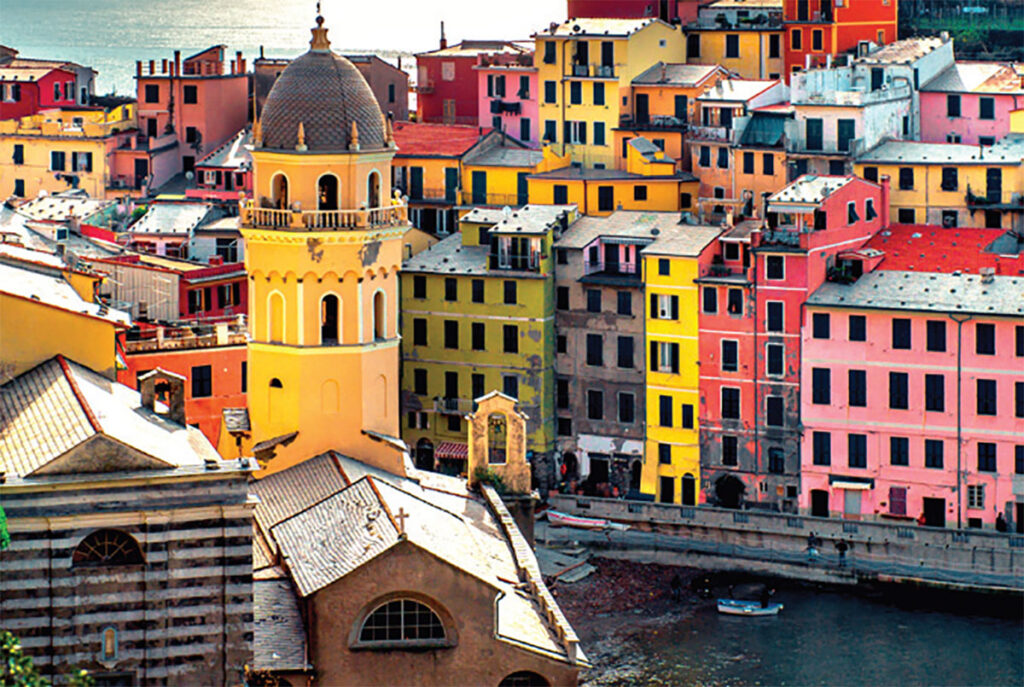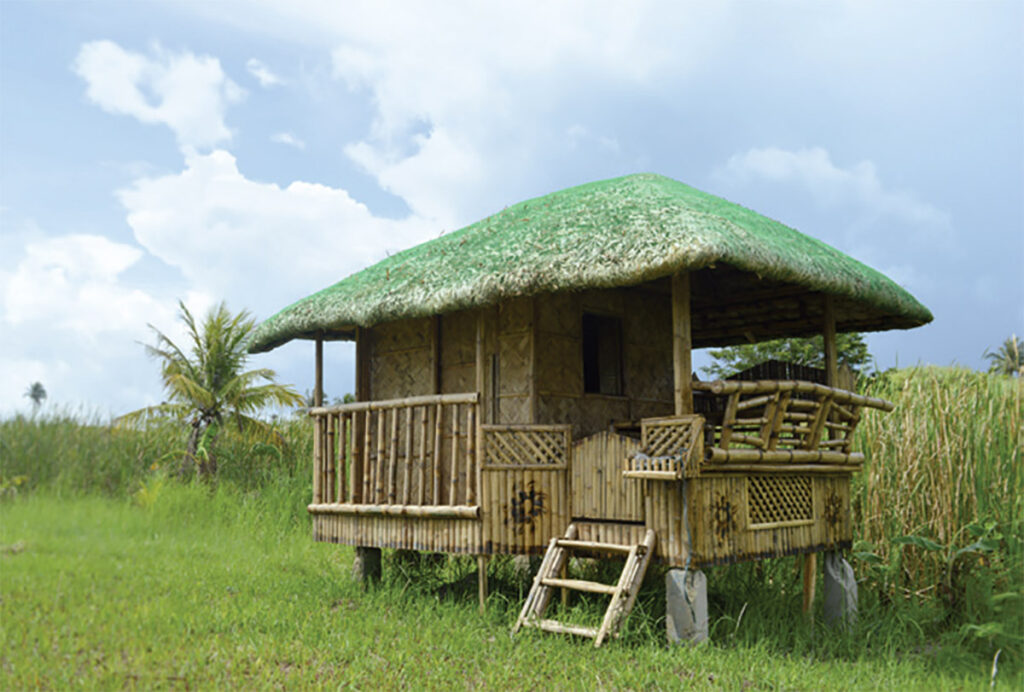Whenever we talk about Italian architecture, images of classical Roman structures come to mind—columns with intricate capitello (Dorico, Ionic, Corinzio, Composite), timpani, trabeazioni. The Colosseum, the Pantheon, St. Peter’s Square — they all bring us back to the old times; although Italian architecture, per se, actually reflects many different styles that characterize various historical periods and movements: the Renaissance, Barocco, Neoclassicism, Rationalism, and up to today’s architectural marvels by some of the world’s most famous architects like Renzo Piano, to mention just one.
Similarly, Filipino architecture is also composed of diverse styles. I have been living in the country for some years now, and this has given me an opportunity to appreciate and take a keen interest in them. Although there are so many different styles and influences throughout the country, three broad categories come to mind.
One type that I have observed would be the Spanish-influenced structures like the ancestral houses, historical buildings, the heritage buildings on Escolta, etc. It’s great to see that they
can still be found in many places nationwide and that many of them are well maintained. From my point of view, preservation and restoration are tasks that should be performed.

Another type is modern Filipino architecture, produced just after the second world war. An example would be the Cultural Center of the Philippines main building, which was designed by renowned Filipino architect Leandro Locsin.
This type is characterized by the massive use of reinforced concrete and stereometric forms, reminiscent of Middle European Contemporary Architecture which, by the way, was greatly influenced by Italian Rationalism.

Brutalism (named after “béton brut”, which is the French term for “raw concrete”) is a modern movement that is observed all over the world. But the examples that are here in the Philippines are particularly beautiful. 20thcentury Philippine architecture is very interesting and eclectic — going from Western neoclassical architecture to Chinese, Spanish, and then classical American. We can see that the same eclecticism that is found in Italian architecture can also be seen in Philippine architecture.
Finally, the third on my list but the most long-standing would be the local vernacular architecture, including the endlessly adaptable bahay kubo, Ifugao dwellings with their elegant and precise wooden joinery, and the bahay na bato, which appear in our cities but echo the steadfast stone havens of windswept Batanes. These are all vastly different in style and character, but they are all purposefully designed and built based on the elements present in their location, and using locally available materials. They also represent an irreplaceable built heritage, a shared patrimony that is part of Philippine culture and history. For these reasons, I believe this is the most valuable among the categories. The designs were conceived and evolved here in the Philippines. They are ancient but adaptable to the present.
When today’s architects choose to honor this rich heritage, and at the same time create high-performing buildings, these original Filipino design philosophies are both a treasure and an indispensable guide.
* * *
I would like to invite you to Like, Follow, and Share my online spaces and content on Facebook and LinkedIn (Architect Romolo V. Nati), and on Twitter (@romolonati).
